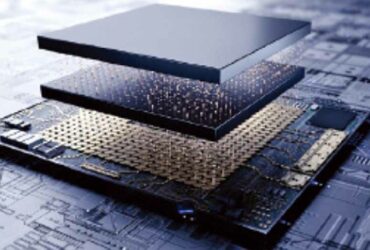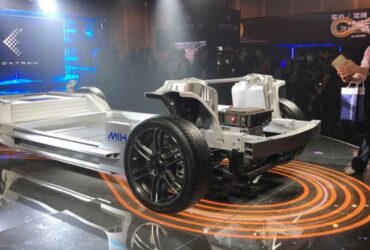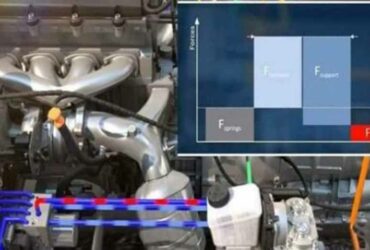Chinese researchers say that they need to be able to destroy Starlink satellites if needed Chinese military researchers say China needs to disable or destroy SpaceX’s Starlink satellites if it threatens national security. Starlink satellites could affect China’s national security not only in space but also on the ground, researchers said. According to a paper published last month, China knows and tracks an unprecedented number of satellites. There is a need to develop anti-satellite capabilities, including continuous surveillance of satellites.
Research for the paper was led by Ren Yuanzhen, a researcher at the Beijing Institute of Tracking and Telecommunications. Veteran scientists from the defense sector are also involved. “A combination of soft and hard kill methods should be used to disrupt the operational system of the constellation by rendering some Starlink satellites inoperable,” the paper recommends. The paper was published in the Chinese journal Modern Defense Technology. Starlink is a ambitious satellite communications project to provide broadband Internet services to commercial and military users around the world.

SpaceX founder Elon Musk is widely popular in China as a role model for innovation. Criticism of Musk and his companies has risen sharply since last year when two Starlink satellites came too close to a Chinese space station and nearly collided. Researcher Ren predicts that the U.S. military’s shields and stealth fighters will be able to transmit their data more than 100 times faster using Starlink.
SpaceX has signed a contract with the US Department of Defense to develop a new technology based on the Starlink platform. The development of new technologies also includes the development of equipment capable of detecting and tracking weapons traveling through the Earth’s atmosphere at speeds of 5 times or more faster than sound.
Starlink satellites are equipped with ion-powered thrusters that allow them to quickly change orbits to attack high-priority targets in space, according to Ren’s team’s paper. With more than 2,300 satellites in low Earth orbit, it is generally assumed that even if some of the satellites are destroyed, the Starlink communications system will continue to function. With an unprecedented number of satellites, the ability to flexibly change as needed, and possibly other unknown capabilities, China’s defense needs new anti-satellite capabilities, Ren and his colleagues said.
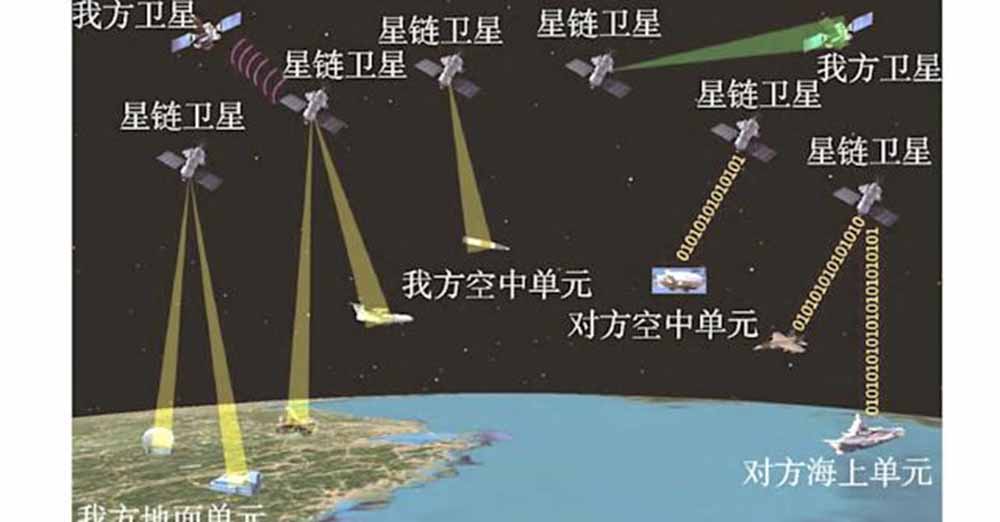
For example, Starlink’s satellites can handle civil satellite Internet communication issues as well as military issues, the research team said. Starlink’s small satellites need to be able to take very high-resolution photos for up-close observation in space to detect any unusual features. Currently, ground bases are using laser photography equipment. Chinese researchers say they have obtained images that can be viewed in millimeter detail. They suggest that satellites need to be able to intercept compromised data.
Even if a Starlink satellite could be destroyed by a missile from the ground, the wreckage would leave a large amount of debris in space. Used in Starlink satellite communication system Satellites being relatively low-cost satellites; Since there are thousands of them, the cost of launching them with missiles would be too high, the researchers concluded. Low-cost and highly efficient methods are needed to destroy thousands of small satellites, the researchers suggest. It is necessary to attack the system as a whole, not attack individual satellites.
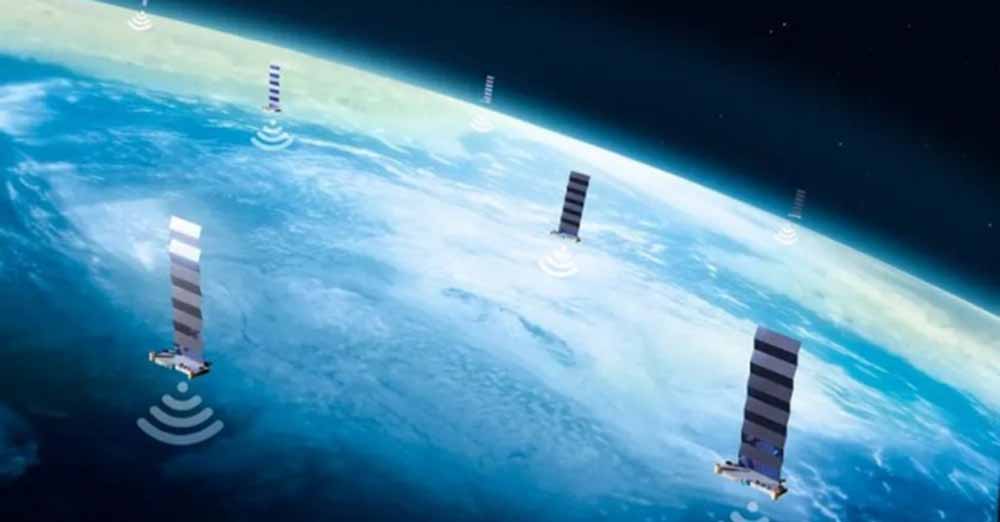
It is also necessary to reduce costs, researchers have suggested. China is working on a project that will provide satellite communication to all parts of the world, similar to Starlink. The project is named Xing Wang (StarNet). The StarNet system uses only a few hundred satellites. But by connecting with other Chinese satellites, it will achieve high-speed and high-power qualities.




